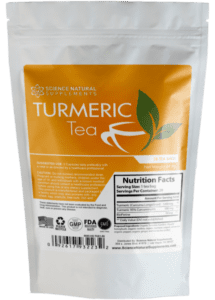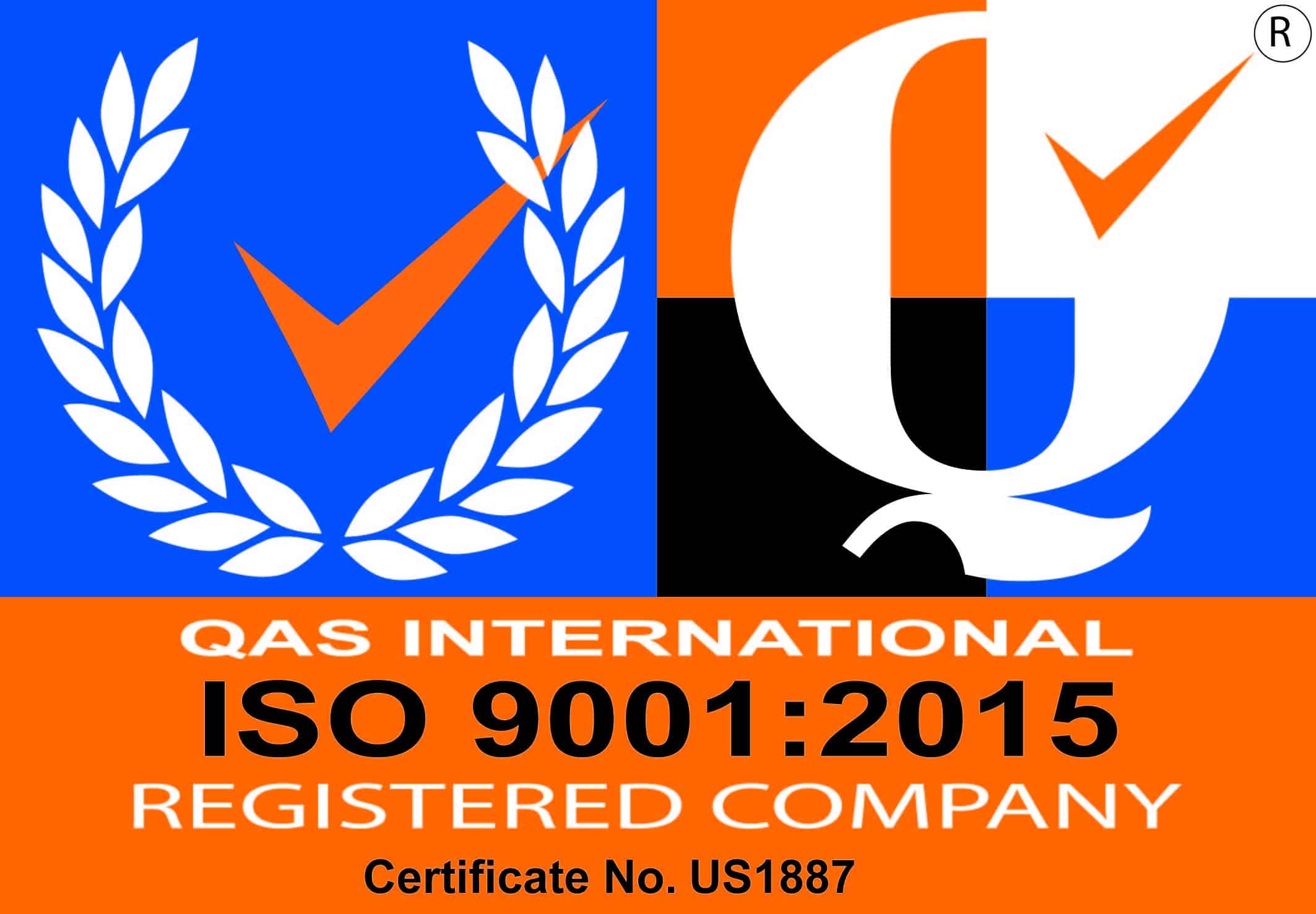Home » Flexible Packaging Design Tips for Brands
Flexible Packaging Design Tips for Brands
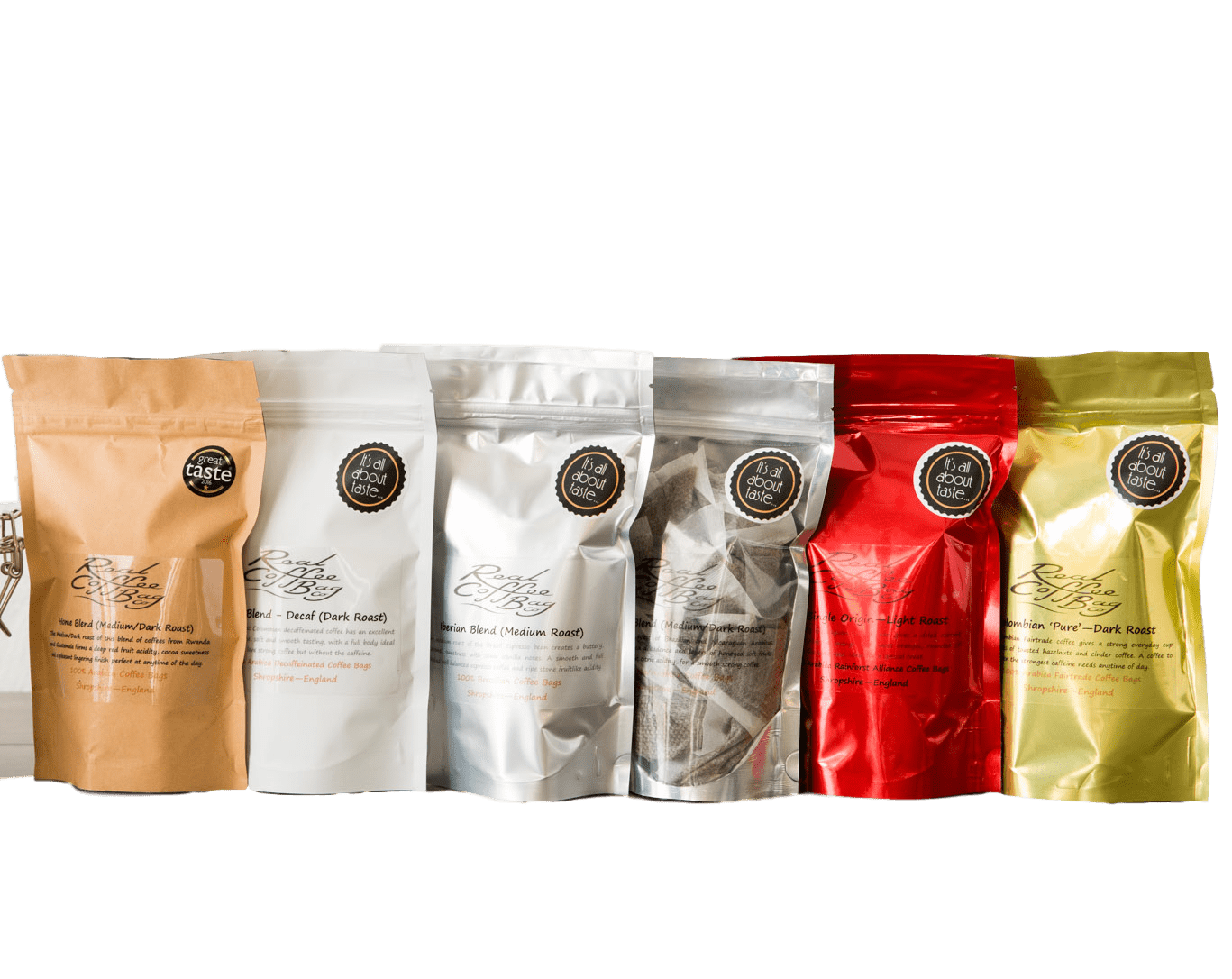
The journey of creating a compelling flexible packaging design starts with gaining insight into your target demographic. Thoroughly understand their needs, preferences, and factors that influence their purchasing behavior. Furthermore, identify their aesthetic inclinations to ensure your design appeals to them directly.
The Power of Branding in Packaging
When it comes to packaging design, each element should echo your brand’s essence. This includes your color palette, logo, font choices, and even the packaging’s shape and structure. Consistent brand representation across every platform and product strengthens your brand recognition and promotes customer loyalty. It’s worth remembering that your product’s packaging serves as a silent salesperson in a retail environment.
Sustainability: A Crucial Design Element
As we progress into an increasingly eco-conscious world, integrating sustainability into your flexible packaging design becomes not only desirable but also necessary. This can range from using recyclable materials to minimizing waste or creating designs that promote reuse or are biodegradable. Incorporating these elements will not only win over eco-conscious consumers but also support your brand’s broader corporate social responsibility initiatives.
Balancing Aesthetics and Functionality
While eye-catching design is important, it is equally essential to ensure that your packaging is functional and user-friendly. The packaging should be simple to open, close, transport, store, and discard. If your product is intended for multiple uses, consider a design that can be easily resealed to preserve the freshness of the product.
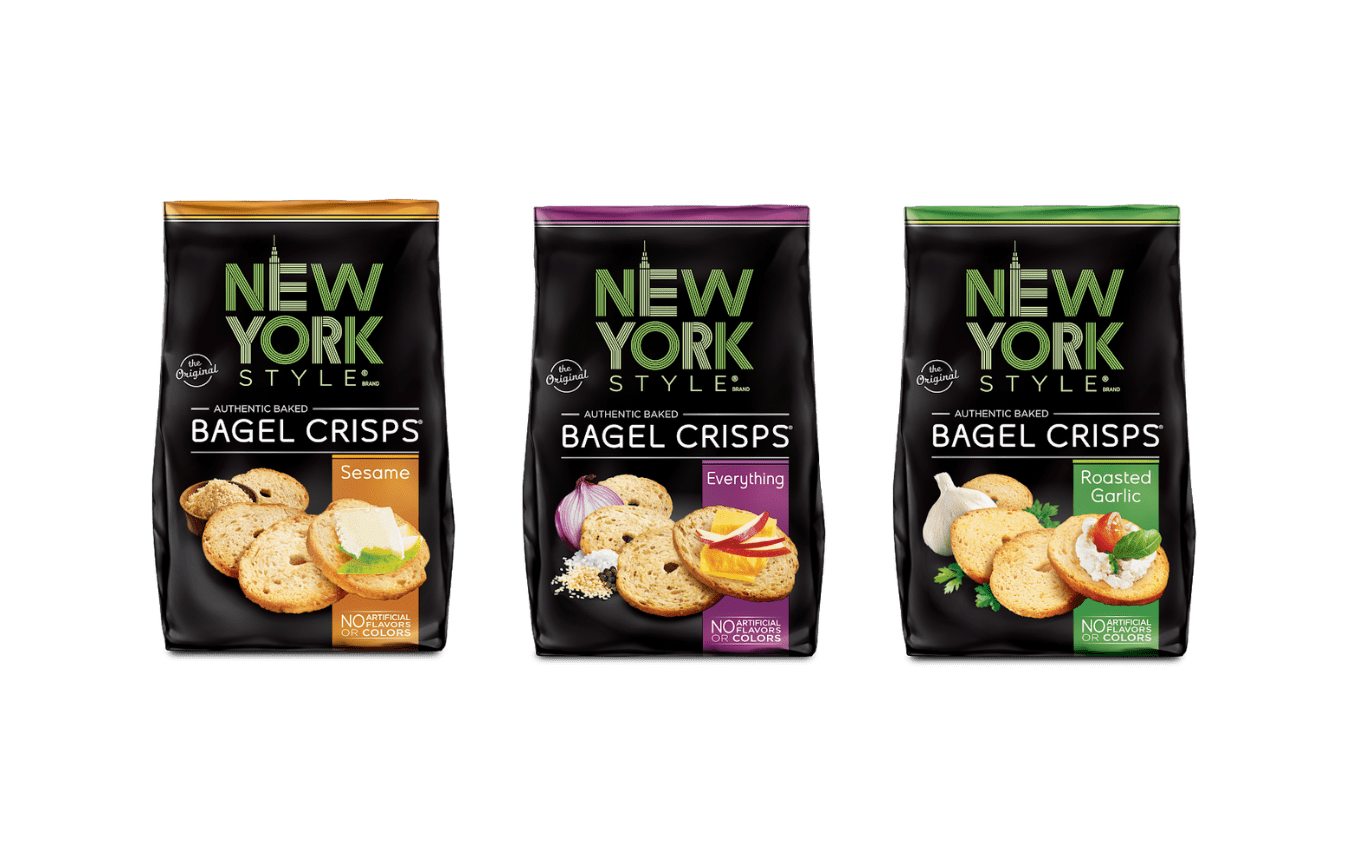
Maximizing Shelf Impact
In a market where your product is positioned amidst a sea of competitors, it is vital that your packaging design stands out. Leveraging bold colors, distinctive shapes, clear and concise product information, and high-quality imagery can all draw consumer attention. One effective approach is ‘billboarding,’ where placing multiple packages together creates a larger image or message, enhancing visual impact.
Incorporating Technology for Enhanced Engagement
In today’s digital world, your flexible packaging design can be elevated by the inclusion of elements such as QR codes, augmented reality (AR), or radio-frequency identification (RFID) tags. These technological features can offer consumers additional product details, interactive experiences, or tracking capabilities. This deepens the level of engagement with your brand, fostering a strong customer-brand relationship.
Crafting an Informative Yet Simple Design
Striking the right balance between providing necessary information and maintaining a clean, uncluttered design is key to successful packaging. It’s important to include details about your product – its uses, ingredients, and benefits. However, these should be conveyed in a clear, concise manner to prevent overwhelming the consumer. Make use of easy-to-read fonts and an intuitive layout to enhance readability.
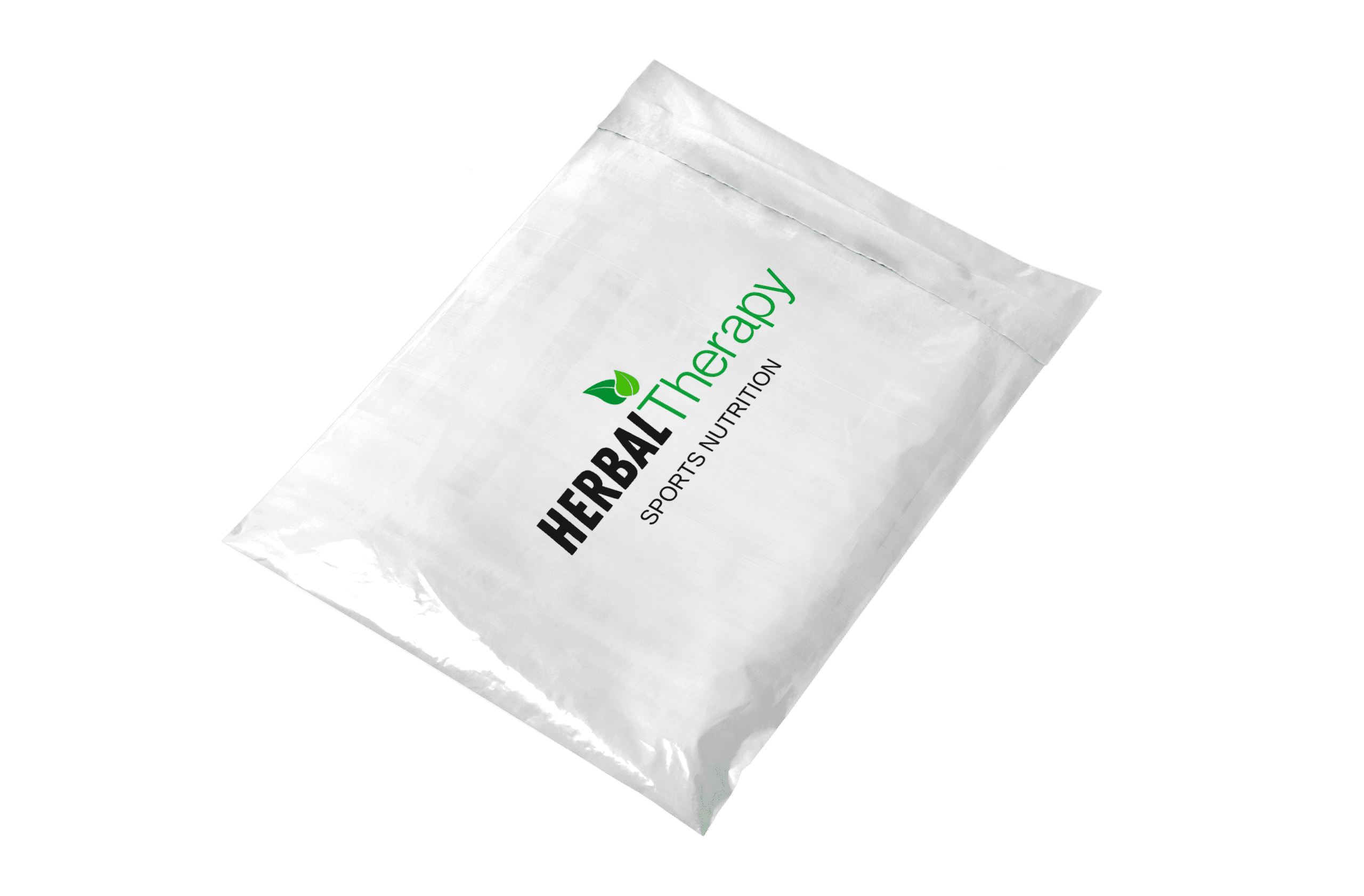
Considering the Production Process
While you might have a plethora of creative ideas for your packaging, it’s crucial to consider the technical aspects as well. Think about how your design will translate during the printing and production process. Some colors and designs might look great digitally but may not come out as expected in print. Consult with your packaging manufacturer to ensure your design is feasible and cost-effective to produce.
Using Design to Tell a Story
Your packaging can serve as a canvas to tell your brand’s story. Is your brand all about being organic and sustainable? Then, perhaps, a minimalist, earthy design would convey this message best. Or, if your brand stands for luxury and sophistication, you might opt for a sleek, premium-looking design. The key is to ensure that the packaging design aligns with your brand narrative, creating a meaningful connection with your audience.
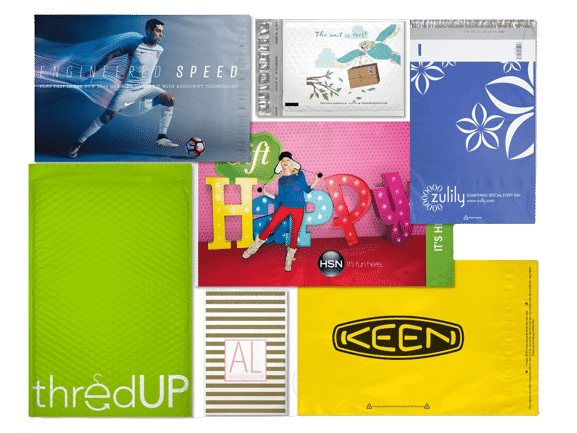
Testing and Iterating the Design
Lastly, never underestimate the value of testing your packaging design. This can involve creating multiple design prototypes and gathering consumer feedback through focus groups or surveys. Based on the results, you can refine your design to better meet your customers’ expectations. Remember, the design process is iterative, and it’s okay to go back to the drawing board to make improvements.
If you are interested in flexible packaging, then partner with Brown Packaging today to get started.
Rigid boxes are the gold standard of premium packaging. Whether used for cosmetics, electronics, fashion, or high-end subscription kits, rigid boxes do more than protect
Understanding One-Piece FOL and Three-Piece Bike Shipping Boxes Choosing the right box style is essential when shipping bicycles—especially for brands, manufacturers, and distributors focused on
Corrugated boxes are essential to shipping, retail, and e-commerce—but when you introduce custom printing, the stakes (and the opportunities) rise. Print isn’t just about looks—it’s
When it comes to shipping bikes, selecting the right type of corrugated box is essential to ensure product protection, ease of handling, and cost efficiency.
Before committing to a full production run, businesses often receive packaging samples to evaluate fit, functionality, print quality, and overall design. Whether it’s a digital
Choosing the right corrugated box size is crucial for product protection, shipping efficiency, and cost savings. Whether you’re packing a single item or multiple products,
Home » Flexible Packaging Design Tips for Brands

When it comes to pouch packaging, the material and finish play a crucial role in the overall functionality, aesthetics, and consumer appeal of the product.
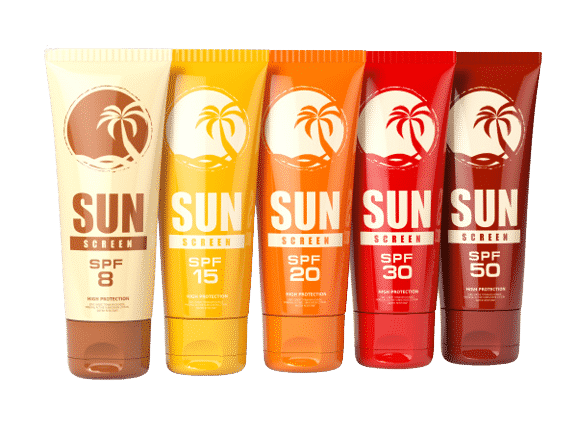
Color plays a pivotal role in product packaging, serving not just an aesthetic purpose but also communicating values, emotions, and expectations to the consumer. Effective

Flexible packaging is a dynamic and growing market that has revolutionized the packaging industry. From snack foods to pharmaceuticals, flexible packaging offers lightweight, cost-effective, and


